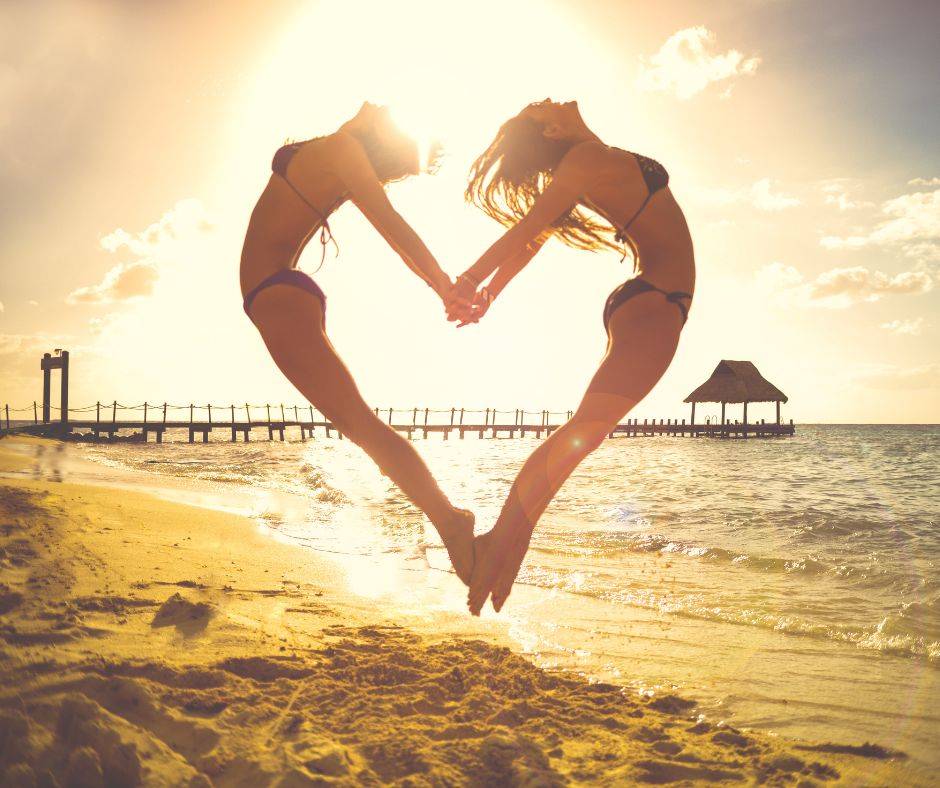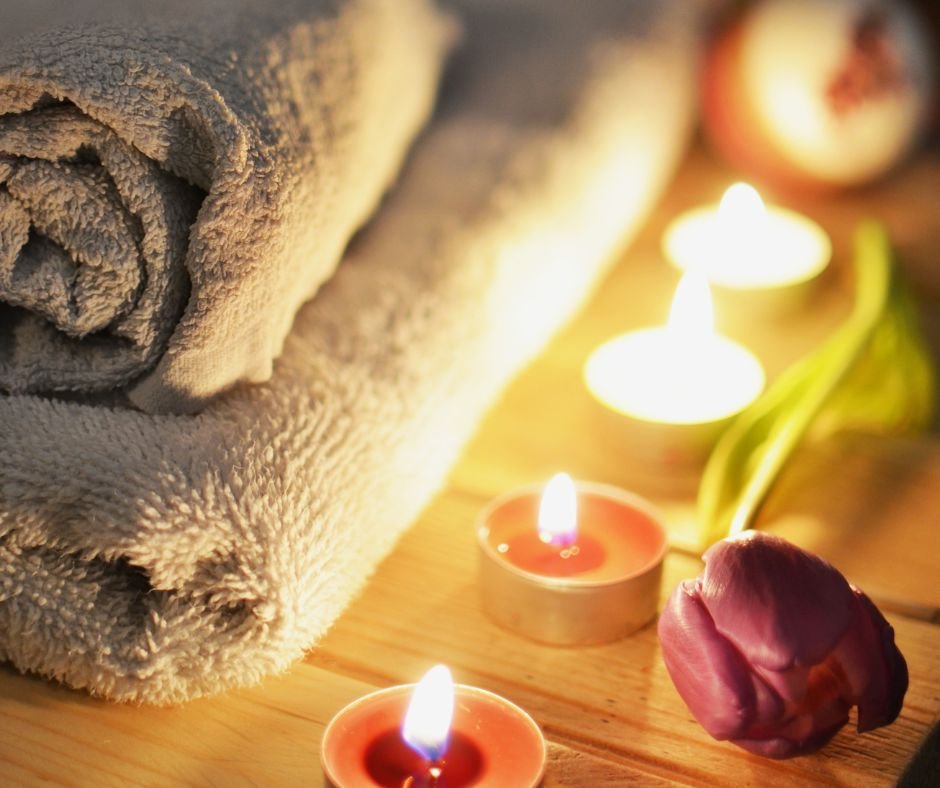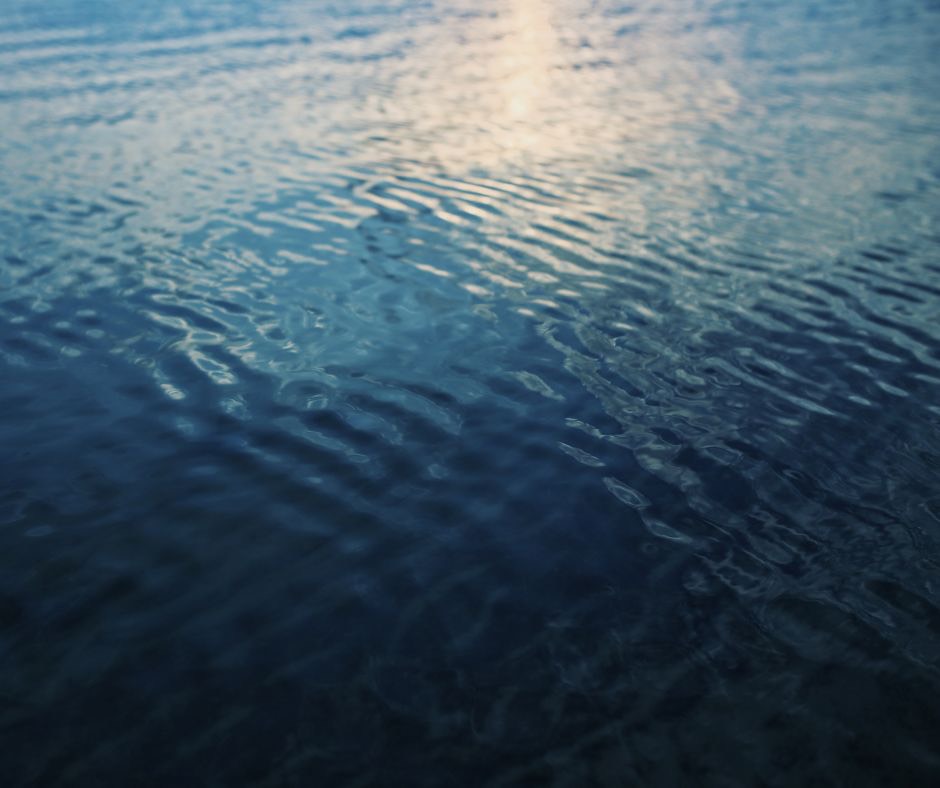The plants dive into the ground now, their deep roots growing beneath us, seeking nourishment from the mineral-rich soil below. This is the slowing and rooting of late fall.
The mist has settled in the valley in my little corner of the world, my winter squash has been picked off the vines, and the calendula has long gone to seed. If you live in the northern hemisphere, you’ve probably noticed a gradual slowing down and turning inward this time of year. Trees lose their leaves as the days become shorter and darker, and plants draw their energy inward in preparation for winter. Just as the bears prepare for their annual hibernation, we, too, can prepare for a period of darkness during this season.
The wisdom traditions of Chinese Medicine and Ayurveda can offer support during the fall because they recognize that all beings (including us humans!) are affected by seasonal changes.
Physically, energetically, and mentally, late fall is a time when we can focus on letting go, simplifying, and turning inward. Not always easy to do if we’re burnt out from a busy summer or we’ve taken on too much throughout the beginning of fall. Below are a few easy ways to bring more late fall self-care into your life.
The Late Fall and The Metal Element
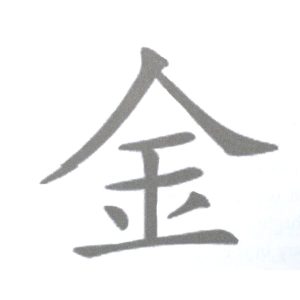
In Chinese Medicine, the fall season is connected to the metal element, the Lungs, and the Large Intestine. According to Ayurveda, the elements of air and ether increase this time of year. In the early fall, heat can accumulate in the body from the summer months, but in the late fall, energy starts to contract in preparation for the colder months.
The Chinese character for the metal element (pictured here) shows a roof covering or hiding pieces of gold. Our central task with the metal phase of the cycle is to cut away what is no longer needed to preserve what is truly precious.
Letting Go in Late Fall - Restorative Savasana
Conscious rest helps to integrate all the activity and impressions from our day and the last season. It also rejuvenates the entire system, leading to physical, mental, spiritual, and energetic well-being. Take your time with this posture – it involves A LOT of props (and they’re not optional), but it’s worth it. Be sure the props are placed just right so that you don’t experience any agitation in the pose; this will help to trigger the relaxation response in the body. Finally, this pose should not be challenging or cause a “stretch”; instead, aim for gentle opening and rest. Be sure you’re warm and in a quiet and distraction-free environment for this delicious gift to yourself.
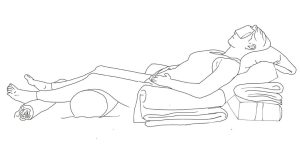
SET UP – Prop up a yoga bolster at about a 45-degree angle. Place another bolster (or a rolled blanket) under your knees and a smaller blanket roll under your Achilles tendons. Sit on the floor at the lower end of the bolster and lay back. Adjust the knee and ankle support. Use an extra blanket under your head so that the C7 vertebrae are supported, and your forehead is slightly higher than your chin. Use your hands and tuck the blanket under either side of your head, creating a cradle for the skull. Use props on either side of your body to elevate your hands so that your wrists are higher than your elbows and your hands rest gently on your abdomen. Finally, you’ll need a blanket over your body and a small eye pillow.
PRACTICE – Set a timer for at least 10 minutes. Drop into the support and comfort of the props. Consciously relax any tension in your belly, jaw, or shoulders, and soften your breathing. Observe the sensation coming and going, and let go. When your timer goes off, move slowly to transition. Roll to one side, and use your arms to push yourself upward, your head coming up last. Sit for a moment and feel the space and peace you’ve created.
Working with the Breath in Late Fall
“ Life is fragile, like the dew hanging delicately on the grass, crystal drops that will be carried away on the first morning breeze"
Dilgo Khyentse Rinpoche
During autumn, seasonally induced imbalances are usually related to the Lungs and Large Intestine. By intentionally supporting these organs this time of year, you’ll be rewarded with deeper health and well-being as we transition into winter.
To support the lungs, take a few minutes every day to consciously increase your breath capacity:
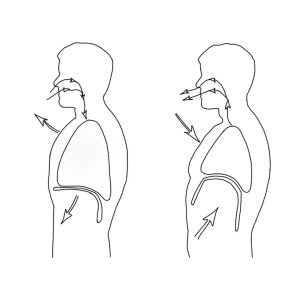
- First, find a comfortable position on your back or use support, and pay attention to your breathing.
- Once you’ve connected to the natural rhythm of your breath, gently relax any tension you notice. Allow your belly, chest and shoulders to be soft.
- In a relaxed, natural breath, the diaphragm drops on inhalation, creating a gentle rise in the belly, and then lifts on exhalation, causing the belly to fall a little. See if you can observe this pattern in your own body.
- If you’re comfortable there, slowly begin to even out the inhalation and exhalation. Make the inhale and exhale the same amount of time.
- Then, begin to lengthen your breathing in a relaxed way. Start by adding a moment or two to both the inhalation and exhalation.
- Practice for ten to twenty breaths.
- Set the intention to let go of thoughts or emotions that need to be released, be gentle, and go slow.
Acupressure for Late Fall
Large Intestine 11 (Qu Chi):
This point is a “He-Sea” and earth point on the metal channel of the Large Intestine. That means it’s an excellent point to support or tonify the Large Intestine. In Chinese medicine, the Large Intestine organ system is responsible for eliminating physical and mental waste, so if there has been stagnation of any kind, this point can help. This point is beneficial if there’s an accumulation of heat in the body or mind, leading to agitation, constipation, fever, or hypertension.
LOCATION: Find this point at the elbow crease with the arm flexed. Trace your finger along the crease to the outside edge. The point is located at the end of the outer elbow crease.
Learn more about the Lung and Large Intestine meridian here.
Find more resources on Fall and the Metal Element below:
- Yin Yoga Sequence for Fall (VIDEOS)
- 4 Simple and Easy Ways to Kickstart Your Digestion for Fall
- How to Build Immune Strength (VIDEO)
- Seasonal Support and Self Care for Fall (ONLINE COURSE)
Remember, fall is a time of transition. Aim to slow down and let go of what is no longer serving you. I hope these ideas support you as we transition through the metal element phase of the year. Happy late fall to you!


